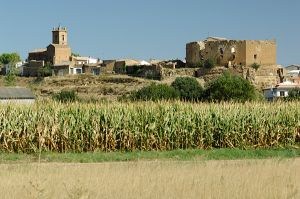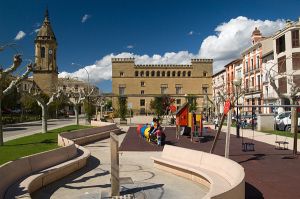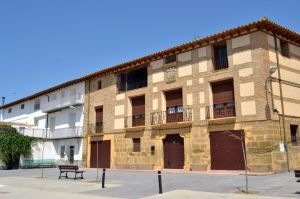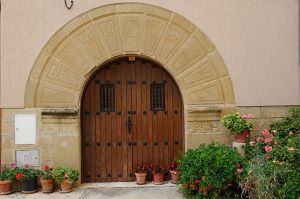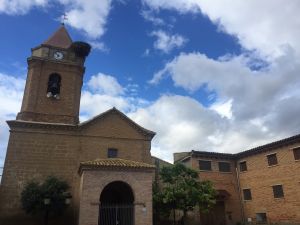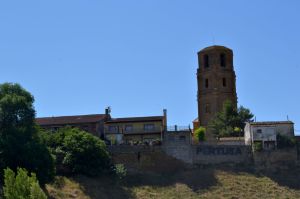The quaint village of Quicena is located on the region’s extensive plain, heading towards Barbastro.
As a villa it was donated to the Abbey of Montearagón by Sancho Ramírez and Peter I in 1086.
The 18th-century Parish Church of the Asunción de la Virgen sits at one end of the village.
Nearby is the Chapel of San Pedro, now in ruins, as well as an ancient aqueduct that some date back to the 2nd century and a likely Roman origin, although it has not been confirmed.
However, the masterpiece that enriches Quicena’s scenery is the Montearagón Castle and Abbey. This fortress was built in the 11th century after a mandate by Sancho Ramírez and served to help conquer the Muslim plaza in Huesca in 1096, during the rule of Peter I. This dual purpose (castle and abbey) was common in the Kingdom of Aragón, and the Castle and Abbey in Quicena maintained its splendor until the 19th century, when disentailments (the sale of church lands by the state) resulted in its abandonment. Part of its heritage, preserved today at the Diocesan Museum in Huesca, includes the alabaster altarpiece by Gil de Morlanes the Elder, and the tomb of Alfonso I the Battler, located in the Royal Pantheon at the San Pedro el Viejo Monastery.
Quicena celebrates its annual festival on July 25th in honor of St. James.














